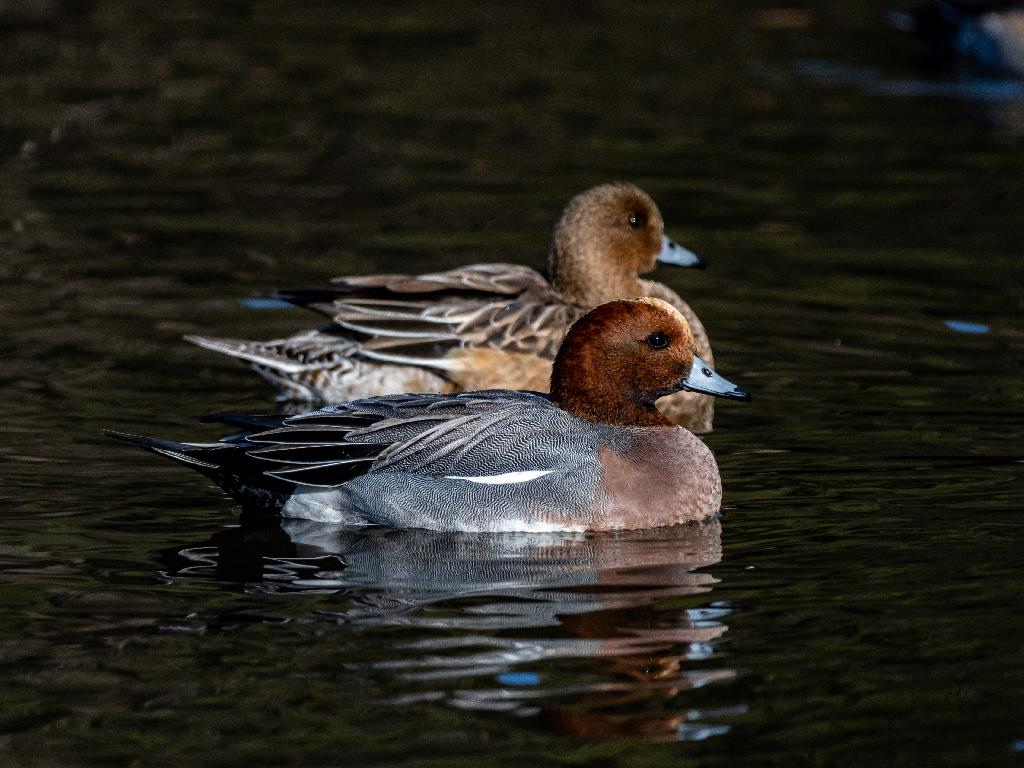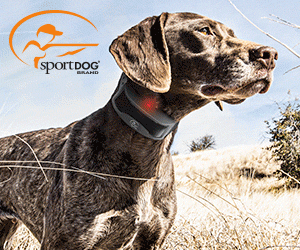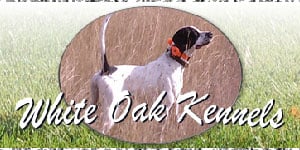Eurasian Wigeon - Duck Hunting - Wetland Hunting
View Recipes | Gamebird Services | Gamebird Hunts | View Photos

Description
A male Eurasian Wigeon has a red neck, black speckled russet, and a head topped with a cream stripe. Males have a grayish pin breast, although the belly, lower breast, and rear body sides are white. While on the flight, these birds display a green speculum and a shoulder patch. On the contrary, females’ heads, chests, back, flanks, and sides range from gray-brown to russet brown. They’ve got a blue-gray bill, a black tip with the legs and feet being blue-gray.
Habitat
Although the habitat can be determined by location, season, and food source, these birds prefer lakes, marshes, fields, and bays.
Feeding Habits
Diet is mainly planting material. Although in North America, the diet is not well known, Eurasian Wigeon ducks in Europe feed on stems, roots, seeds, and insects in summer. The birds forage by grazing on land, dabbling on the water surface, or submerging their heads and necks underwater. Sometimes, these birds steal food brought to the water surface by other species, for example, geese and coots. They are capable of feeding by day or night.
Nesting
Several males can compete for one female during the mating season. The competition may include lifting the tips of their folded wings to expose their white wing patch, raise their heads while giving a whistled call, or lowering their bill to display a buffy crown patch. The nest site is mainly on the ground under dense vegetation to protect the eggs, young ones, and the female while breeding. The female builds a shallow depression lined with grass and down. Females lay 8 to 9 whitish to pale buff eggs. Incubation is done by females only for 24 to 25 days. When the young ones hatch, they are tended by the female although they find their own food. The ducklings take their flight after 40 to 45 days.

















